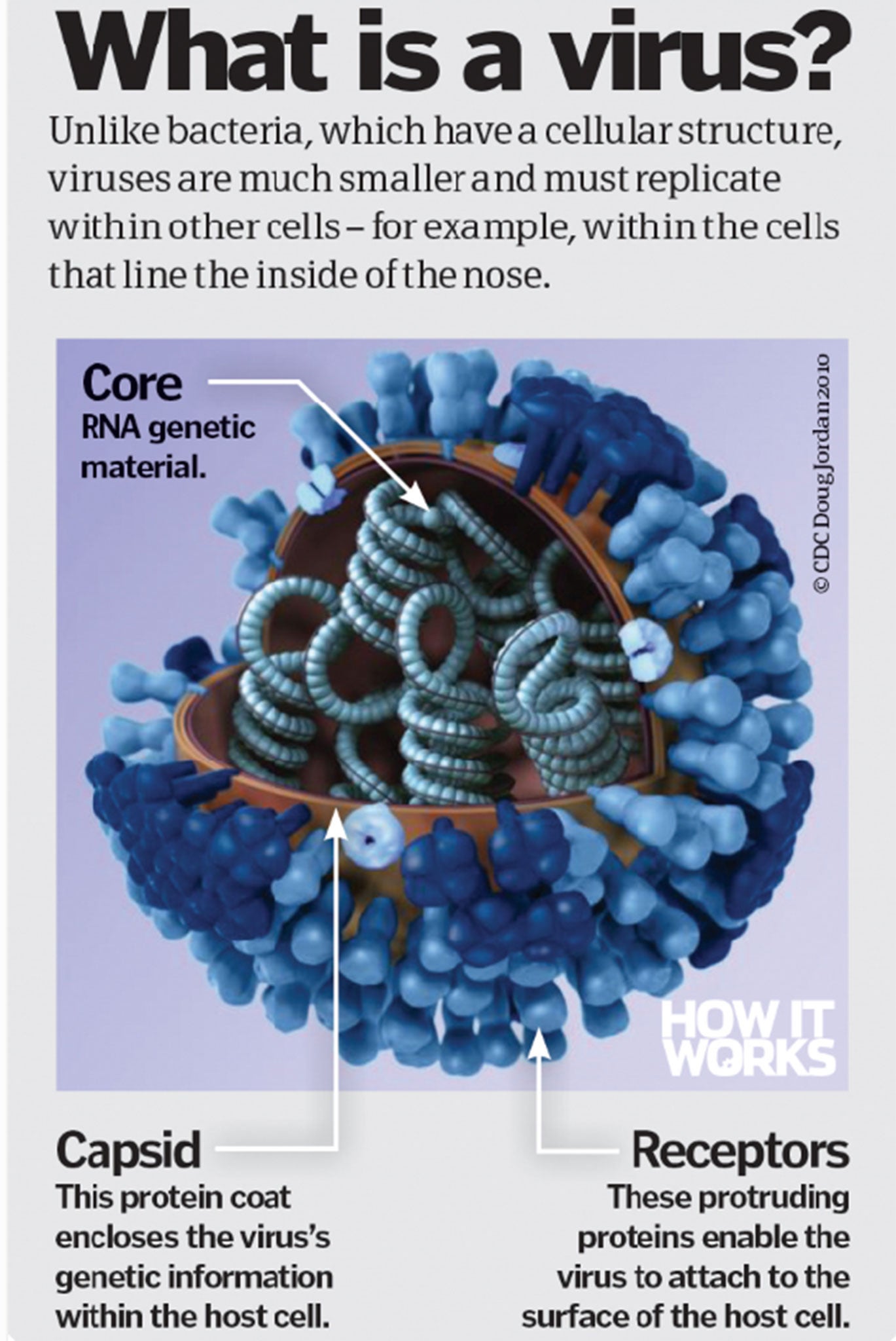What is the common cold and why is there no cure for it?
There are over 200 types of common cold viruses

Your support helps us to tell the story
From reproductive rights to climate change to Big Tech, The Independent is on the ground when the story is developing. Whether it's investigating the financials of Elon Musk's pro-Trump PAC or producing our latest documentary, 'The A Word', which shines a light on the American women fighting for reproductive rights, we know how important it is to parse out the facts from the messaging.
At such a critical moment in US history, we need reporters on the ground. Your donation allows us to keep sending journalists to speak to both sides of the story.
The Independent is trusted by Americans across the entire political spectrum. And unlike many other quality news outlets, we choose not to lock Americans out of our reporting and analysis with paywalls. We believe quality journalism should be available to everyone, paid for by those who can afford it.
Your support makes all the difference.Despite being used as a general term to describe more than 200 different types of virus, the common cold is still deemed “incurable”. But why is that?
Here is everything you need to know about the common cold.
What is it?
The common cold, otherwise simply known as a cold, is a viral infection that attacks the upper respiratory tract.
This includes the nasal cavity, the pharynx (back of the mouth) and the larynx (voice box).
According to the NHS, it is not unusual for a child to experience at least eight colds on an annual basis.
Adults, on the other hand, may suffer colds two or three times a year, the Centres for Disease Control and Prevention (CDC) states.
What are the symptoms?
Signs of a cold, the NHS outlines, may include a blocked or runny nose, aching muscles, a sore throat, coughing, sneezing, an increased temperature and headaches.
While the symptoms are similar among adults and children, children may experience them for a longer duration of time.

If an individual has the common cold, they will be infectious to other people from before they have begun to show symptoms up until their symptoms have dissipated, the NHS explains.
“Symptoms are usually worse during the first two to three days, and this is when you’re most likely to spread the virus,” the health service states.
Why is there no cure for the common cold?
Rhinoviruses, coronaviruses, coxsackieviruses and adenoviruses are just some of the many different types of cold viruses.
These viruses stick to the cells of the adenoids at the back of your throat.
They quickly reproduce and rupture from the cells to spread to cells in the rest of the upper respiratory tract.
While we can treat the symptoms of a cold, we cannot find a single cure as there are so many types of virus and they mutate rapidly.
Therefore, in the time it takes to develop a vaccine, it is no longer useful.
How can a cold be treated?
While there is no clear-cut cure for the common cold, there are certain remedies you can try to ease your symptoms.
These include consuming water, soups and broths, resting, soothing a sore throat with lozenges, doing exercise (if your symptoms are mild) and easing congestion.
Join our commenting forum
Join thought-provoking conversations, follow other Independent readers and see their replies
42Comments